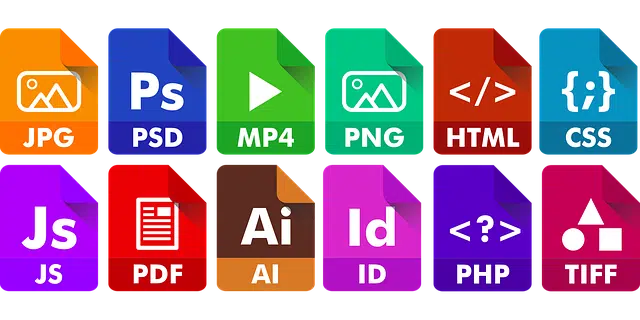
The format of a sheet of paper is given by its measurements and size.
From the French format or the Italian format , the term format refers to the size and measurements of a form , a photograph , a painting , etc.
For example: “Please print these documents in A4 format that I must present at the municipality,” “The manual is in Legal format, so we need a larger folder to store it,” “Fabián gave me a 13× format photo frame .” 18” .
Paper formats
The best-known paper formats are those standardized in 1922 by the DIN 476 standard of a German institution. This standard served as the basis for an international equivalent ( ISO 216 ), although many countries still use other traditional systems.
The formats recognized by ISO 216 are divided into three series ( A , B and C ), with sizes from 0 to 10 . The most popular paper format worldwide is A4 (i.e. Series A Size 4 , equivalent to 210 x 297 millimeters ).
In the United States and some Latin American countries, formats such as Letter , Oficio (or Folio ), and Legal are used.
The concept in the media
The set of technical and formal characteristics of a television or radio program or a periodical publication is also known as format.
“The actress announced that she will participate in a Mexican series with a strip format”, “I like magazine-format radio broadcasts” y “I think we will have to modify the format of the magazine if we want to attract more sponsors” son expresiones que evidencian este uso del término.

In computing, the structure of a file that allows a computer to convert binary code into information and vice versa is called a format.
Format in technology
For computing , a format is a certain structure that allows a computer to convert information to binary code and vice versa. Some well-known formats are JPEG (image), AVI (video), and DOC (text file).
In recent years, content in digital format has gained more and more weight, which is opposed to physical items, generally recorded on DVDs or Blu-rays. However, this transition from the physical to the digital is not appreciated with the same force in all areas; Although it is possible to assure that 99% of the video games created today have a downloadable version (many times, exclusively), the same does not happen with movies, for example.
The reasons for this difference are not found in the space necessary to store the content, since current generation games usually exceed 10 GB (gigabytes), and it is increasingly common for their weight to be around 45 GB . The fundamental variable of this phenomenon is the public: video game consumers tend to be seduced by technological advances and, although a large percentage of them do not want to lose physical contact with their favorite games, certain technical advantages of the digital format push them to take the leap
One of the strong points of the distribution of video games in digital format is the energy savings it entails, since it prevents the operation of the disc reader and the motor that makes them rotate, with the heat that this generates in the console and the consequent need for refrigeration; Of course, this difference occurs if the storage medium has flash memory technology, since hard drives also have mechanical parts.
On the other hand, storing a video game in local memory usually speeds up the reading speed and improves its performance , although this depends on the technology used. It is worth mentioning that no matter how much convenience it offers, the digital format requires a monetary investment to buy discs or cards to store the products and if the price of the downloadable alternative is not significantly lower than that of the physical version, then its advantages are less tempting for consumers.
